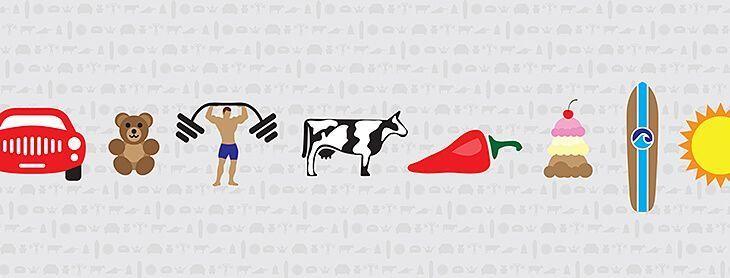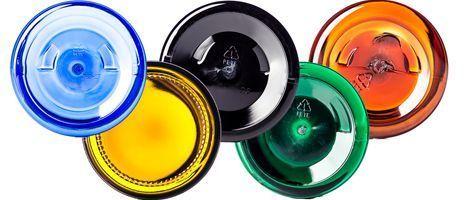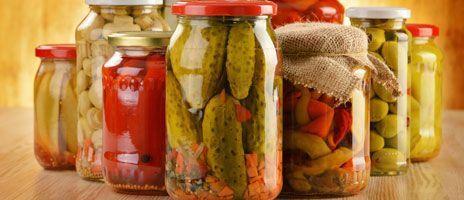Everything you need to know about how to measure bottle openings
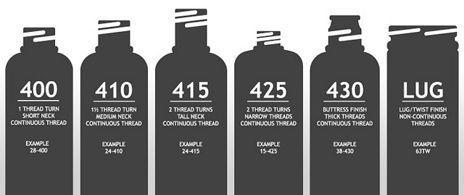
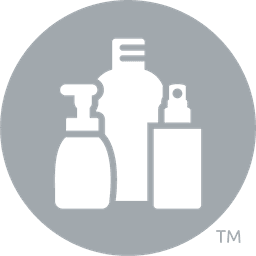
Round plastic containers can be measured and assessed in a variety of ways. Height, diameter, circumference. One of the most common questions we hear from customers involves how to determine the neck finish of round plastic bottles and closures. It's a valid and important question since each component must have matching finishes to be functional. It's not as hard as it looks, become a master at measuring and identifying container and closure finishes.
A case study
Take our L160 for instance. This closure has a 28-410 neck finish. 28-410 may seem like an encrypted code, but the measurement system is far less complicated than it appears. The 28 means that the diameter of the closure (measured from inside to inside for closures, outside to outside for containers) is 28millimeters (mm). The second number, 410 refers to the closure's height and thread count (don't get confused with your bed sheet's thread count). On the neck finish planet, thread count refers to how many times the threads pass each other.
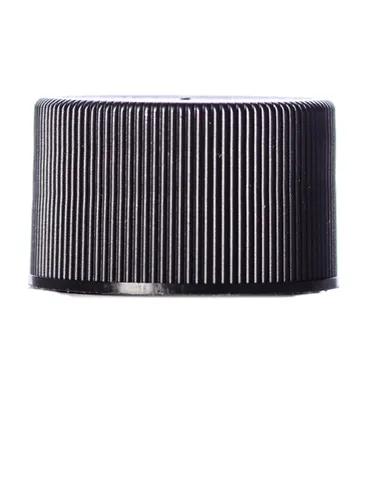
Here's a brief rundown of thread counts and their finish counterparts.
- 1 thread turn = 400
- 1.5 thread turn = 410
- 2 thread turns (Tall) = 415
- 2 thread turns (Narrow) = 425
- Thick threads/buttress finish = 430
- Lug/Twist finish = 2,000 (not continuous thread)
The L160 has a 1.5 thread turn count, which equates to a 410 measurement.
The Finish ABCs ¦ or the TISEHs
All you need to know about measuring closures and round plastic containers to find the neck finish is explained above. This is the master class on finishes, just in case you thrive in a world of epic confusion, or if you really, really, really like finishes. Either way, listed below are a variety of landmarks that contribute to a container's overall finish design.
- T Area = The outside diameter of round plastic containers. This is the 28 in the 28-410.
- I Area = The inside diameter measurement, allows enough space for different closures to fit.
- S Area = The tiniest area on round plastic containers. Begins at the top of the orifice and stops when the threading begins.
- E Area = The diameter of the neck, from outside to outside. Can be used to calculate thread depth when T measurement is also available [(T-E) ÷ 2 = Thread Depth]
- H Area = The height of the finish, from the top of the orifice to where the bottom of the closure rests.
The Roots: Where finish measurements came from
Ever wished the powers-that-be would get together and come up with some standards? For example, why are there 10 hot dogs in a pack, but only 8 hot dog buns? I'm sure you've got a theory, but no one REALLY knows. As a gift to the universe, a group of packaging experts specializing in glass (GPI, Glass Packaging Institute) and plastic (SPI, The Society of Plastics Industry) came together to craft the finish guidelines for round plastic containers and closures, along with glass containers to ensure uniformity and functionality between different types of packaging. Thanks guys.
Why is this so critical? Because bottle makers don't usually make lids for their own bottles. It has something to do with the hundreds of thousands of dollars (even millions) it costs to run bottle-making machines and lid-making machines. These aren't often done in the same shop because the processes (and the machines) are so expensively different.
There's a whole lot more to finishes than a bunch of numbers. Be sure to check out my previous post on finish styles to learn whether a continuous thread, lug/twist, friction fit, snap or triple thread is the right finish style for your round plastic containers.
Hopefully by now you've learned that value can be found in those confusing codes. And lucky for you, we've done the hard work, listing all compatible containers and/or closures on each item page, located under the Matching Items tab. Don't panic next time you realize you don't have enough lids to cover your bottles; we (along with the help of a ruler) can help. Don't forget to check out our glass bottles as well.
Still have questions about finishes?
Reach out to our professional team, contact us!
